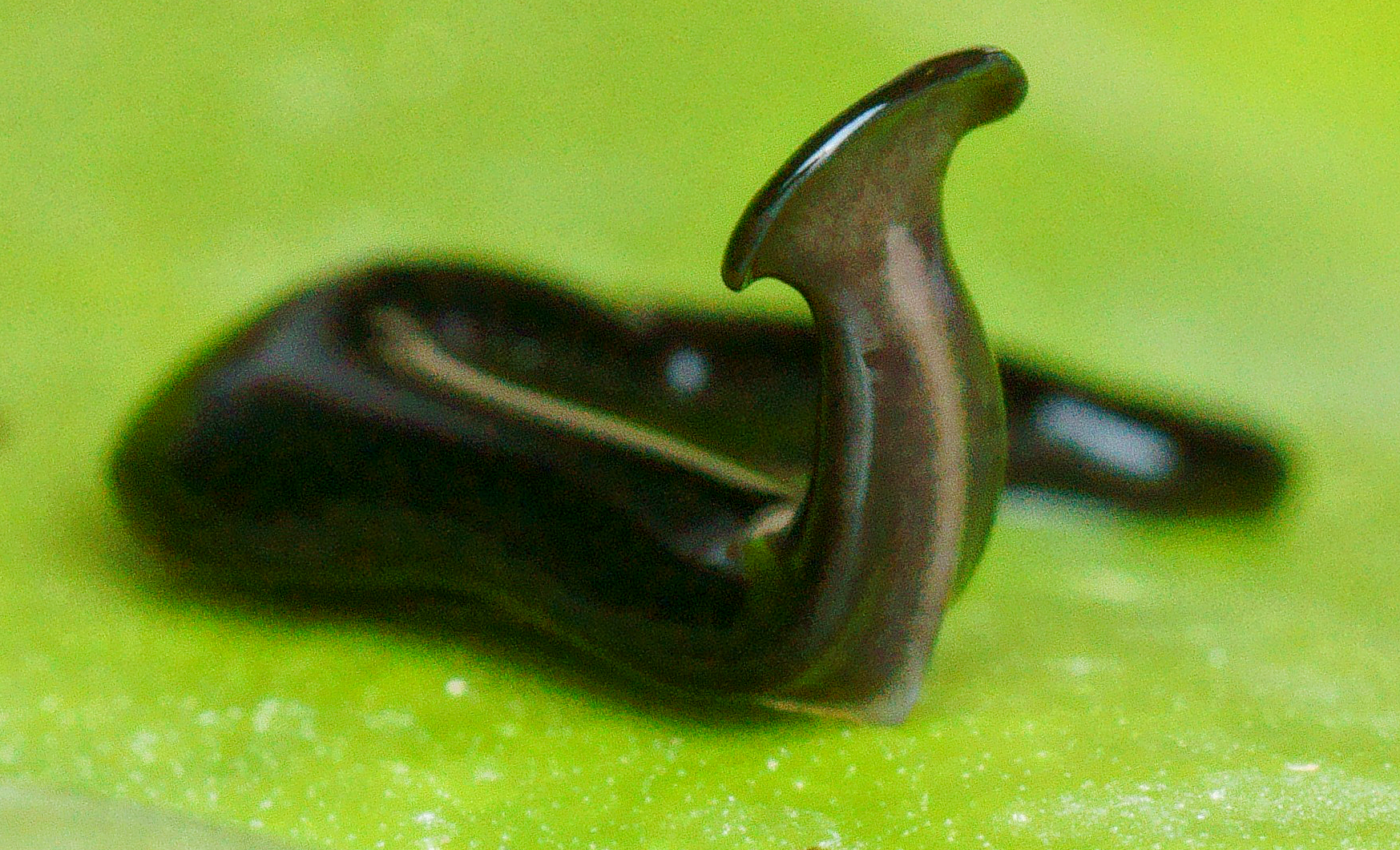
Two new species of invasive flatworms discovered
One of the negative consequences of globalization is the inadvertent spread of invasive plants and animals, far from their point of origin. Some of the most disruptive invasive animals are land flatworms, which spread all over the globe mainly through plant trade. Until now, researchers have identified over ten widespread species, including Obama nungara (originally from Argentina), Platydemus manokwari (from New Guinea), and Bipalium kewense (from Southeast Asia).
Land flatworms are predators of soil animals, such as slugs, snails, or earthworms, and represent a significant threat to soil biodiversity and ecology when they are introduced into a new environment. Hammerhead flatworms are a sub-species of land flatworms characterized by their broadened heads. Some of them can reach impressive dimensions of up to one meter in length.
A new study led by the National Museum of Natural History in France has recently identified and described two new species of potentially invasive hammerhead flatworms, Humbertium covidum (discovered in two gardens in the Pyrénées-Atlantiques, France and Veneto, Italy), and Diversibipalium mayottensis (discovered in Mayotte, a French island in the Mozambique Channel from the Indian Ocean).
Humbertium covidum is a small (30 mm) flatworm, originating most probably in Asia. Unlike most other flatworm species, it has a uniformly metallic black color. Diversibipalium mayottensis has similar dimensions, but it exhibits a spectacular green-blue iridescence over its brown ground color. According to the scientists, its origin could be Madagascar. Both species appear to prey upon small snails, thus potentially placing local snail populations at risk in their current environment.
“Due to the pandemic, during the lockdowns most of us were home, with our laboratory closed. No field expeditions were possible. I convinced my colleagues to gather all the information we had about these flatworms, do the computer analyses, and finally write this very long paper. We decided to name one of the species “covidum,”paying homage to the victims of the pandemic,” said study lead author Jean-Lou Justine, a professor of Zoology and Parasitology at the National Museum of Natural History.
Besides providing classical anatomical and morphological descriptions, Professor Justine and his colleagues have also described in great detail these flatworms’ mitochondrial genomes, allowing them to provide a comprehensive molecular study of the relationships between sub-species of the hammerhead flatworms.
The study is published in the journal PeerJ.
Image Credit: Pierre Gros
—
By Andrei Ionescu, Earth.com Staff Writer













